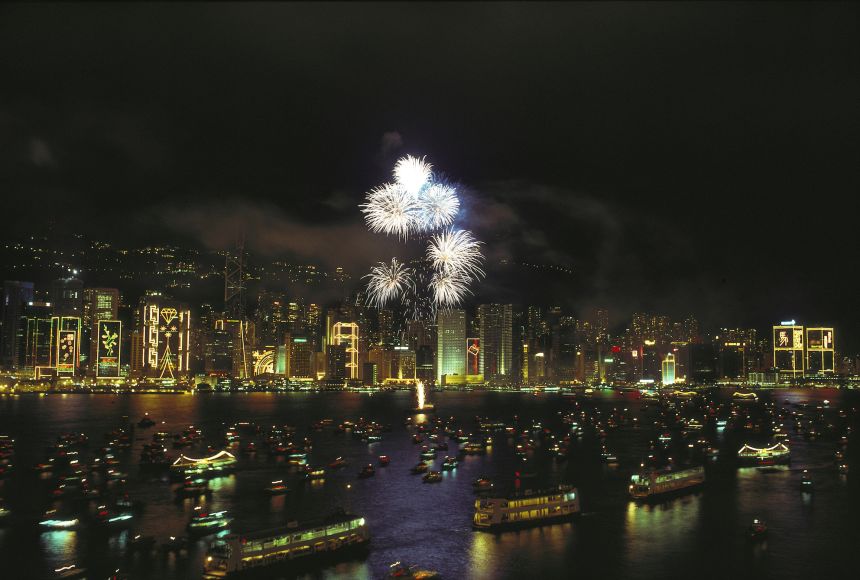Many inventions have changed human life. But they have also caused pollution. One source of pollution you may not have considered is the electric light bulb.
As one of the greatest inventions of all time, it helps us in many ways. Yet light pollution, the excessive or inappropriate use of outdoor artificial light, affects human health, wildlife behavior and our ability to observe objects in the sky.
Where Light Pollution Happens
Light pollution is a global issue. This became glaringly obvious when a computer generated map called the World Atlas of Night Sky Brightness was published in 2016. The atlas is based on thousands of satellite photos and shows how and where our globe is lit up at night. Vast areas of North America, Europe, the Middle East and Asia glow with light, while only the most remote regions on Earth, such as Siberia, the Sahara Desert and the Amazon, are in total darkness.
Sky glow is the brightening of the night sky. It occurs mostly over urban areas due to the electric lights of cars, street lamps, offices, factories, outdoor advertising and buildings. These lights turn night into day for people who work and play long after sunset.
More than 80 percent of the world's population, and 99 percent of Americans and Europeans, live under sky glow. It is one of the most pervasive forms of light pollution. People living in cities with high levels of sky glow have a hard time seeing more than a handful of stars at night. Astronomers are concerned about sky glow as it reduces their ability to view planets, stars, and other celestial objects.
Health Effects of Light Pollution
Beyond sky glow, constant exposure to light can impact health. Artificial light can ruin natural body rhythms in humans and animals. Nighttime light interrupts sleep and confuses the circadian rhythm, which is the body's internal clock that guides day and night activities and affects physiological processes.
One of these processes is the production of a hormone called melatonin, a chemical produced naturally by the body to help promote sleep. The body releases melatonin when it is dark and inhibits release when there is light. Increasing exposure to nighttime light lowers melatonin production. Consequently, this results in sleep deprivation, fatigue, headaches, stress, anxiety, and other health problems.
Blue light, in particular, reduces levels of melatonin in humans. It's used in cell phones, computer devices and light-emitting diodes (LEDs), the kinds of light bulbs that have become popular due to their low cost and energy efficiency.
Animals Are Affected Too
Studies show that light pollution also affects animal behaviors. Sea turtles and birds guided by moonlight during migration get confused by light pollution, lose their way and often die. Large numbers of insects, a primary food source for birds and other animals, are drawn to artificial lights and are instantly killed upon contact with light sources. A study of blackbirds in Germany found that traffic noise and artificial light causes birds in cities to become active earlier than birds in natural areas. Many cities have adopted a "Lights Out" program to turn off building lights, especially during bird migration.
Even animals living under the sea may be affected by underwater artificial lighting. One study in the United Kingdom found that fewer filter feeders make their homes near submerged bright lights. Filter feeders are marine animals that feed on small particles by sifting water through their bodies, such as mussels or oysters. This could mean that the light from oil rigs, passing ships and harbors alters marine ecosystems.
Light pollution is having an effect on places meant to provide protected natural habitats for wildlife. The National Park Service monitors night sky brightness in about 100 parks, and nearly every park shows at least some light pollution.
Addressing Light Pollution
There are several organizations working to reduce light pollution. One of these is the International Dark Sky Association (IDA). The IDA educates the public and certifies dark sky reserves, which are parks and other places that have reduced their light pollution. In 2017, the IDA approved the first U.S. dark sky reserve in Idaho. In addition, many states adopted legislation to control outdoor lighting, and manufacturers designed high-efficiency light sources that save energy and reduce light pollution.
Individuals can take steps to reduce light pollution, too. People can use outdoor lighting only when and where it is needed, make sure outdoor lights are directing light down instead of up into the sky and close curtains at night to keep light inside buildings.


